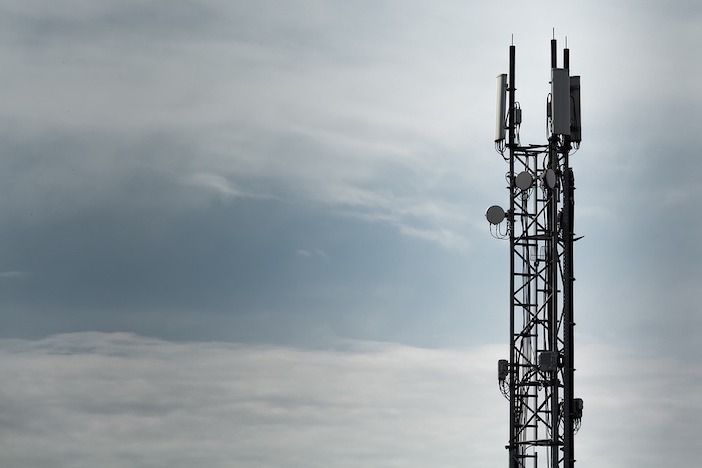Military and commercial test flights use aeronautical mobile telemetry services to monitor data collected on-board over a radio frequency link. The technology supports aerospace testing and ensures test pilot safety, so RF spectrum is dedicated to its use.
However, the RF spectrum is in great demand because of the growth in the use and bandwidth of cellular and mobile telecommunications, including global 4G and 5G rollouts.
Engineers at US company Perspecta Labs are helping aerospace test engineers meet the challenge of delivering Aeronautical Mobile Telemetry (AMT) services that provide real-time data transmission over high-reliability, high-throughput links – despite a reduction in the dedicated RF spectrum. Furthermore they are doing so using commercial 4G and 5G equipment, the first time this has been done with this type of flight testing.
RF availability challenges
Perspecta was formed 18 months ago by the spin-off of the DXC Technology Company US public sector business, and a merger with Vencore and KeyPoint. It has revenues of US$4 billion, employs 14,000 people and is focused on providing services to the US government in the defense, intelligence, health care and civilian sectors. The company’s legacy can be traced back to GE Aerospace, Lockheed Martin, QinetiQ North America, Bell Labs and Hewlett Packard.
Perspecta Labs is the R&D arm of the company and has developed products such as the 1553 Bus Defender, which offers protection from hacking for fielded warfighting systems. The company is involved in several government research programs. Notably for flight test engineers it is helping the US aerospace test community deal with the challenge of the shrinking RF spectrum it has available for telemetry.
Perspecta Labs president Petros Mouchtaris says, “The US military is being squeezed in terms of spectrum as the government takes parts of it back to sell it off to commercial providers. It is becoming more difficult to manage the tests. So, we have been developing tools to manage the spectrum availability automatically.”
Flight testing
Perspecta Labs demonstrated for the first time earlier this month the use of commercial wireless technology in a flight test environment to meet the challenge of diminishing RF spectrum availability for telemetry in testing.
As part of the research, engineers decided it was more cost effective to use commercial radios instead of military specific radios for telemetry. Leveraging commercial LTE technology initially didn’t work well when tracking fast jets because of the doppler effect, but Perspecta Labs’ engineers managed to develop software to compensate for the effect. The fast speeds of the aircraft also meant handover technology for switching base stations had to be developed.
“The technology is maturing and we should be ready with a commercial product by the end of 2020,” says Mouchtaris. “We did our first successful demonstration at Edwards Air Force Base earlier this month with a C12 aircraft. During the test we achieved 20Mb/sec and averaged around 5Mb/sec data rates. We also successfully conducted the station handovers. We are targeting faster aircraft speeds for our next set of tests.
“LTE is deployed everywhere and this technology makes using it for telemetry easier. This is the first time commercial wireless technology has been used in the testing arena in this way. I’m aware of no other efforts,” Mouchtaris adds.
With encroachment of the RF spectrum increasingly an issue in locations all around the world, technology such as Perspecta Labs automatic RF Spectrum allocation could prove very useful in the future, he believes.





